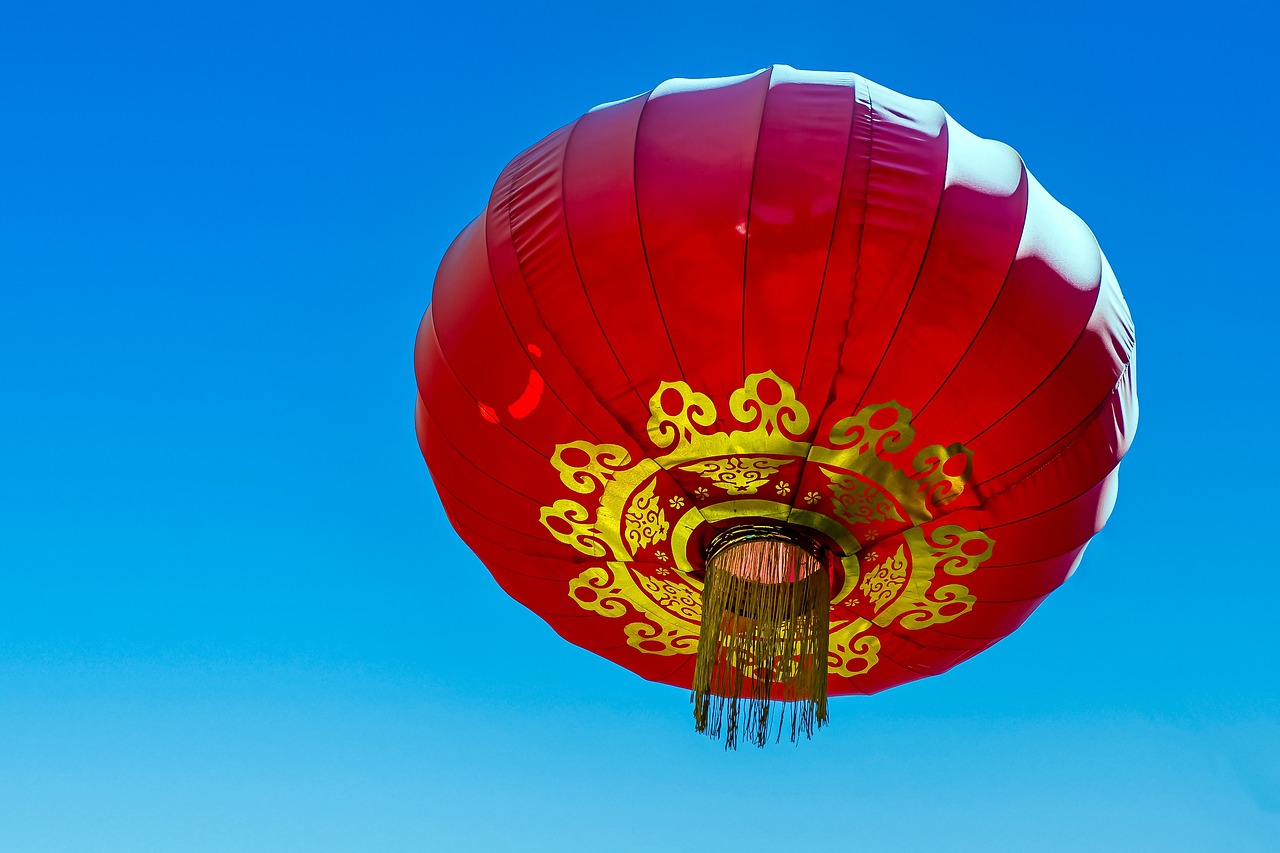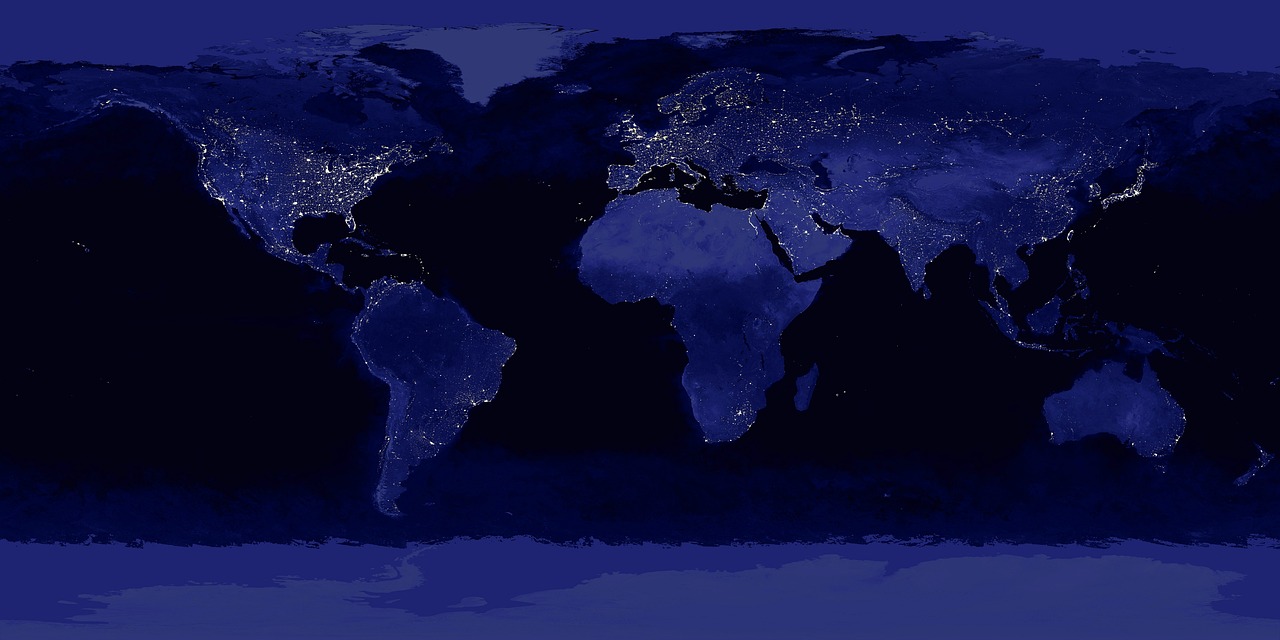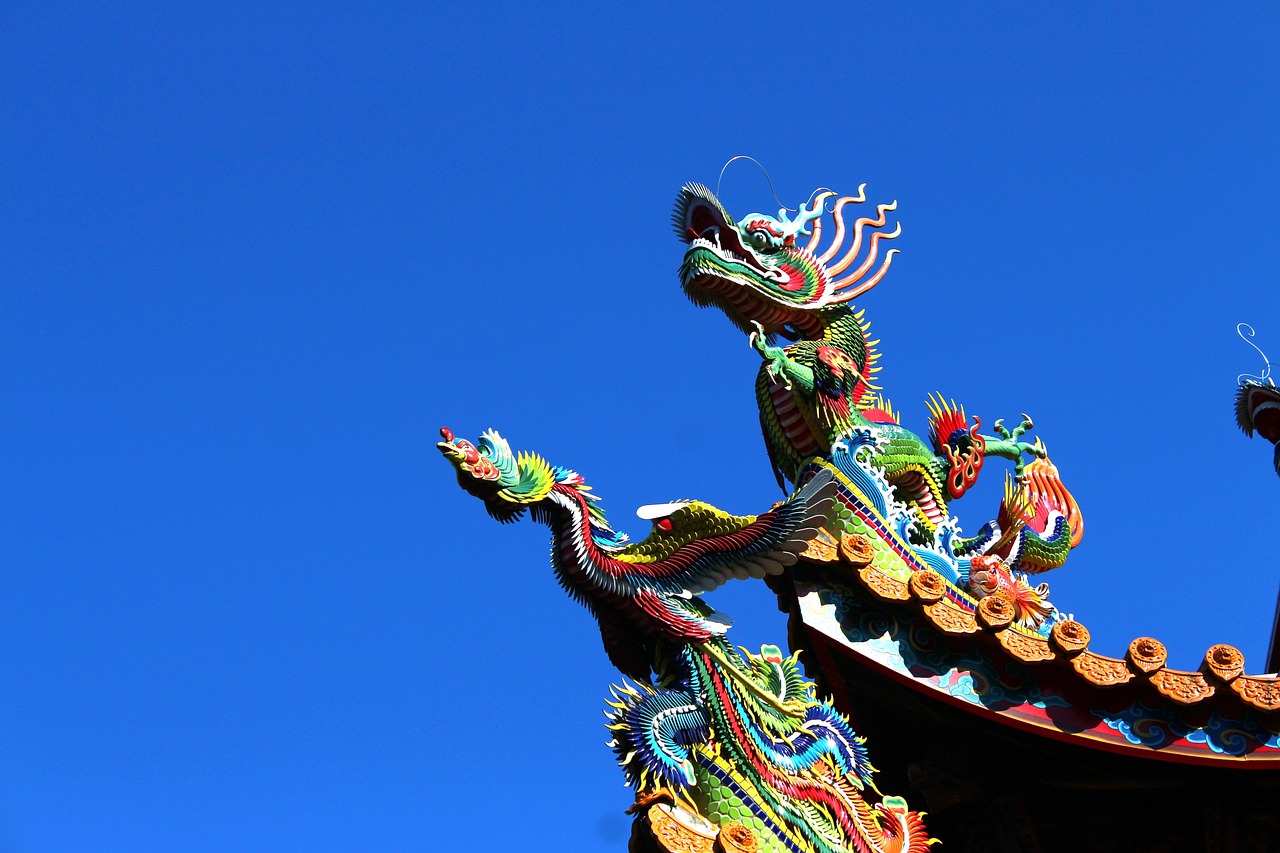China's Current Events: What You Should Know

China's current events are a fascinating mix of surprise and explosion, shaping the global landscape in various ways. From economic growth to political maneuvers and social trends, understanding the developments in China is crucial for a well-rounded perspective on international affairs.

Economic Growth and Trade Relations
China's economic growth has been a topic of fascination and debate worldwide. The country's rapid development and emergence as a global economic powerhouse have reshaped the dynamics of international trade. With a focus on innovation, infrastructure development, and strategic investments, China has become a key player in the global market.
One of the key factors contributing to China's economic growth is its trade relations with various countries. Through initiatives like the Belt and Road Initiative (BRI), China has been able to strengthen its trade networks and establish partnerships with nations across Asia, Africa, and Europe. This ambitious project aims to enhance connectivity, promote economic cooperation, and foster cultural exchanges between participating countries.
China's trade agreements with major economies such as the United States, European Union, and ASEAN countries have also played a significant role in shaping its economic landscape. These agreements have facilitated the smooth flow of goods, services, and investments, boosting economic growth and creating new opportunities for businesses.
Moreover, China's participation in international organizations like the World Trade Organization (WTO) has helped in promoting fair trade practices and resolving disputes through dialogue and negotiation. By adhering to international trade regulations and standards, China has demonstrated its commitment to fostering a transparent and inclusive global trading system.
As China continues to expand its economic footprint, it is essential for businesses and policymakers to stay informed about the latest trends and developments in China's trade relations. By understanding the intricacies of China's economic policies, market dynamics, and trade strategies, stakeholders can navigate the evolving landscape of global trade and leverage opportunities for mutual growth and prosperity.
Political Landscape and International Relations
When delving into China's political landscape and international relations, one cannot overlook the intricate web of alliances, conflicts, and diplomatic maneuvers that shape the country's position on the global stage. China's rise as a superpower has not only reshaped the geopolitical landscape but also redefined traditional power dynamics.
At the core of China's international relations strategy lies the concept of non-interference in the internal affairs of other nations, a principle deeply rooted in its history and foreign policy. This approach has allowed China to navigate complex diplomatic waters while safeguarding its own interests.
One of the key aspects defining China's political landscape is its relationship with the United States. The ongoing trade disputes, technological rivalries, and strategic competition between the two superpowers have not only shaped bilateral relations but also reverberated across the globe, impacting economies and security dynamics.
Moreover, China's Belt and Road Initiative (BRI) has emerged as a cornerstone of its foreign policy, aiming to enhance connectivity, infrastructure development, and economic cooperation across Asia, Africa, and Europe. This ambitious project has not only bolstered China's influence but also sparked debates about debt sustainability and geopolitical implications.
China's involvement in global institutions such as the United Nations, World Trade Organization, and Asian Infrastructure Investment Bank underscores its growing role in shaping international norms and governance structures. By actively participating in multilateral forums, China seeks to project itself as a responsible stakeholder while safeguarding its national interests.
Amidst the shifting tides of global politics, China's diplomatic engagements with countries in Asia, Africa, and Latin America have expanded, fostering new partnerships and alliances. These engagements, characterized by economic investments, infrastructure projects, and cultural exchanges, reflect China's efforts to diversify its international relations portfolio.
However, China's assertive actions in the South China Sea, disputes over territorial claims, and human rights concerns have drawn criticism and scrutiny from the international community. The delicate balance between asserting sovereignty and upholding international norms poses a challenge for China's foreign policy and its reputation on the global stage.
In conclusion, China's political landscape and international relations present a complex tapestry of strategic calculations, diplomatic engagements, and power dynamics. As China continues to assert its influence and navigate the intricacies of global politics, understanding its position and policies is crucial for comprehending the evolving dynamics of the international order.
Social and Cultural Trends
China's social and cultural landscape is a rich tapestry woven with tradition, innovation, and rapid change. From the ancient customs that have endured for centuries to the modern trends shaping urban life, the country's social fabric is a dynamic blend of old and new.
One of the most notable social trends in China is the rise of the middle class, fueled by economic growth and urbanization. As more Chinese citizens join the ranks of the middle class, consumer habits, lifestyle choices, and cultural preferences are undergoing a significant transformation. This shift is not only reshaping domestic markets but also influencing global consumer trends.
Moreover, the younger generation in China is playing a pivotal role in driving social and cultural change. With access to the internet, social media, and global pop culture, Chinese millennials are redefining traditional norms and embracing new ideas. This generation's openness to diversity and innovation is reshaping the cultural landscape of the country.
Chinese society is also witnessing a renewed interest in preserving and promoting traditional culture. From the revival of ancient art forms to the celebration of traditional festivals, there is a growing movement to reconnect with China's rich heritage. This cultural renaissance not only fosters a sense of national pride but also enhances global appreciation for China's artistic legacy.
Furthermore, social issues such as gender equality, environmental sustainability, and mental health awareness are gaining prominence in China. As the country grapples with the challenges of rapid development, there is a growing emphasis on addressing social inequalities and promoting well-being. Initiatives promoting social responsibility and community engagement are becoming increasingly prevalent across Chinese society.
In conclusion, China's social and cultural trends reflect a society in flux, balancing tradition with modernity, and embracing change while preserving heritage. Understanding these dynamics is essential for gaining insights into China's current affairs and anticipating future developments in this diverse and dynamic nation.

 yazar
yazar 





